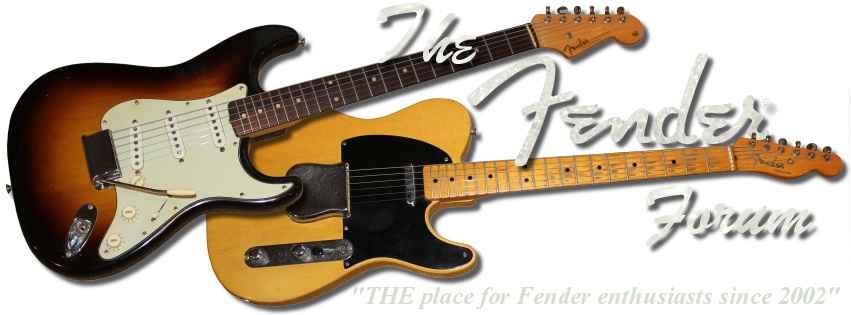Although bass rig related, I think it's a general "live sound" question and, therefore, pertinent to this forum.
If not, well, I'm a dumbass and you can kiss my ass anyway cause I don't know where to ask.
(ahem)...Now, to the question.
I have my new bass rig wired up in the garage, and I'm messing around with the knobs (highly technical phrase), experimenting with different tones.
Why am I getting more gain and a louder low end output when playing the low "B" note on my standard tuned 4 string? I can play a chromatic, descending scale from the "D" position on my second (A) string down to the low "G" or "F" on my E string, and it really booms when I play the low "C", "B", and "Bflat".
I'm guessing there's a well known (but unknown to me) formula which explains the correllation between certain notes and frequencies.




 Reply With Quote
Reply With Quote

